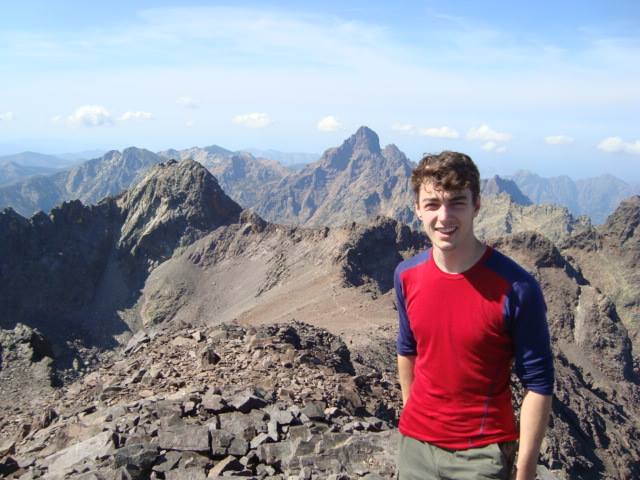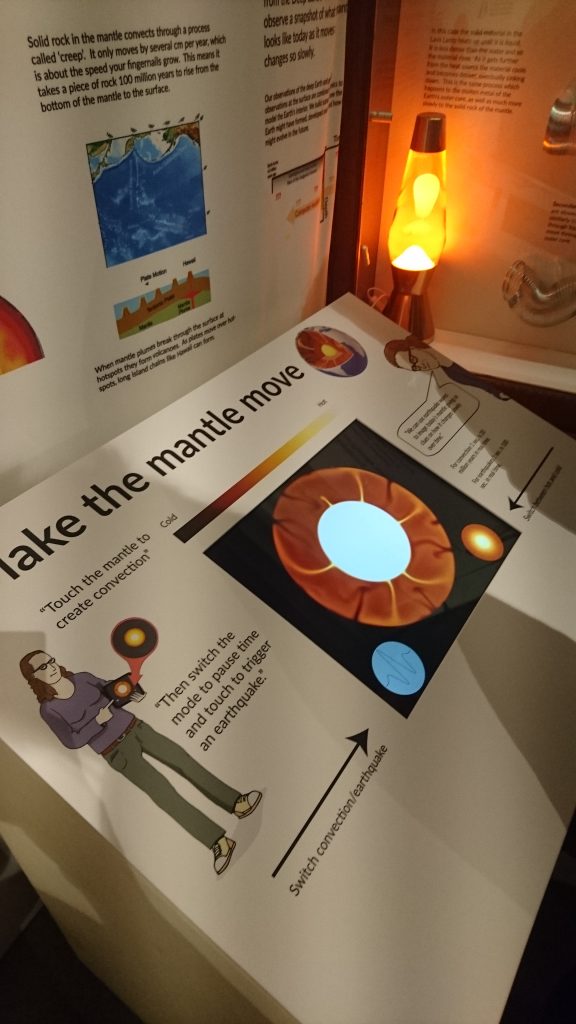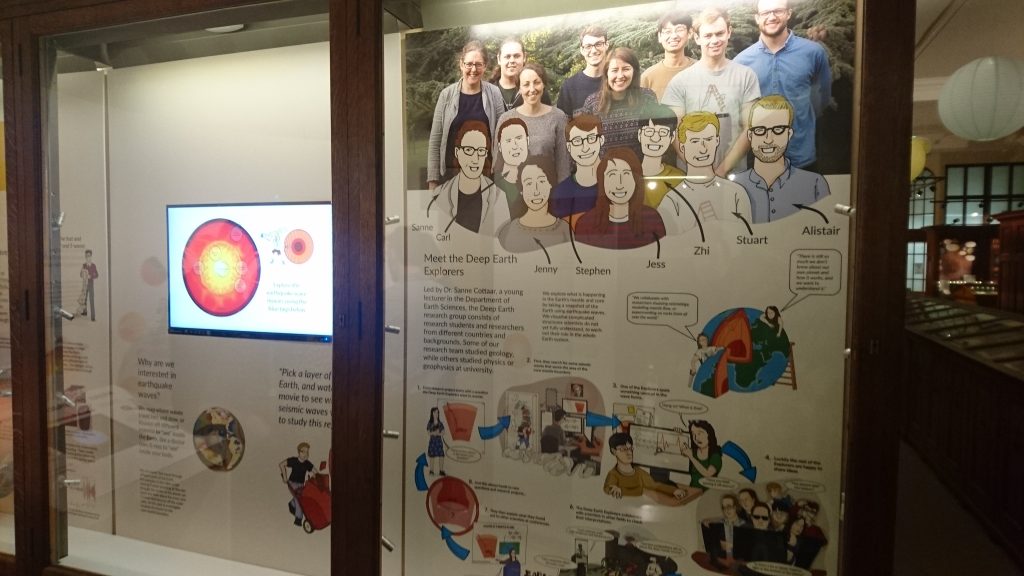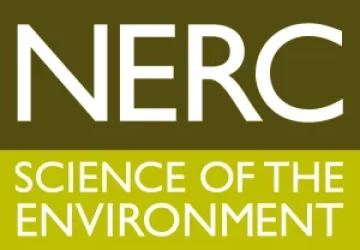By Steve Pugh, PhD Student in the Department of Earth Sciences


It sounds exciting doesn’t it. Deep Earth Explorer conjures up images of caves, abseiling and the like. It’s actually a pseudonym I have taken on, alongside my colleagues, in designing a museum exhibit about our research. As a PhD student in the Department of Earth Sciences, my research focuses on understanding the deep Earth, specifically the hot rock that rises through the mantle beneath volcanoes such as Hawaii and Iceland. We know very little about the deep Earth, but the processes of mantle convection are likely to be major drivers of the plate tectonics that occur at the surface, controlling the location of earthquakes and volcanoes. Humans have drilled only 12 km (of 6371 km) toward the centre of the Earth and with no possibility of visiting the deep Earth, I use the waves generated by large earthquakes to create images of these structures in order to understand them.
As scientists, communicating our research to the public has become ever relevant. So much disinformation is spread online to a public that is not equipped with the tools to sort the good from the misleading and the malicious. Therefore, it is increasingly important that we communicate concise and digestible science, in a way that reaches further than we perhaps considered before. This all sounds rather serious, but science communication and outreach are invariably rewarding.

Alongside our usual research, the Deep Earth group have spent the past year designing an exhibit for the Sedgwick Museum of Earth Sciences to showcase the work we do and some of the mysteries that still exist in the deep Earth. We developed three exhibits, both in house and with external collaborators, and road tested them with the public several times to maximise their effectiveness. We produced a 3D Earth model, an interactive touchscreen and a series of videos demonstrating seismic waves travelling through the Earth. The 3D Earth model includes Earth’s simple layers and doors to reveal the exciting features that have only been discovered in the last 20 years. The interactive touchscreen was built using Ian Rose’s ‘Interactive Earth’ github code and shows mantle convection – how the rock of the mantle is heated at the bottom and cooled at the top, causing it to rise and fall like a lava lamp. Users can play with heating or cooling rock in different places to visualise how this effects the convection. Videos of seismic waves show how a different wave can tell us about a specific area of the Earth. Both the interactive Earth and the seismic waves videos are built using computer models based upon the real physics of the Earth.

Public feedback informed us that people wanted to know more about us, as well as what we do. Working with Dr. Gautier Nicoli, we created a cartoon strip to demonstrate how we might go about a research project. He made us all in to characters that you can see at the top of this page and I think he has done an excellent job! It has been really eye opening to see the amount of work that goes into effective science communication to a broad audience. Trying to balance our enthusiasm to build exciting interactives with practical challenges and understanding the way people interact with exhibits was challenging, but I think the end result has been very positive.
A PhD can often be viewed as a lonely affair, working almost solely on a project with little opportunity for team work. Producing this exhibit has been quite the opposite. Having regular conversations and working together on a joint project has been fantastic. We have developed new skills, tapped into each other’s expertise and become more familiar as a group, all of which has been thoroughly enjoyable.

Whilst the exhibit was opened approximately one month ago, everyone is now stuck at home and the museum has been closed for the foreseeable future. We have been working to put as much of the exhibit as possible online. There are lots of hands on activities to do with your children, so for now please pass this on to family and friends who may be looking for something to do while homeschooling. I hope you will be able to visit the exhibition in person in the near future!


